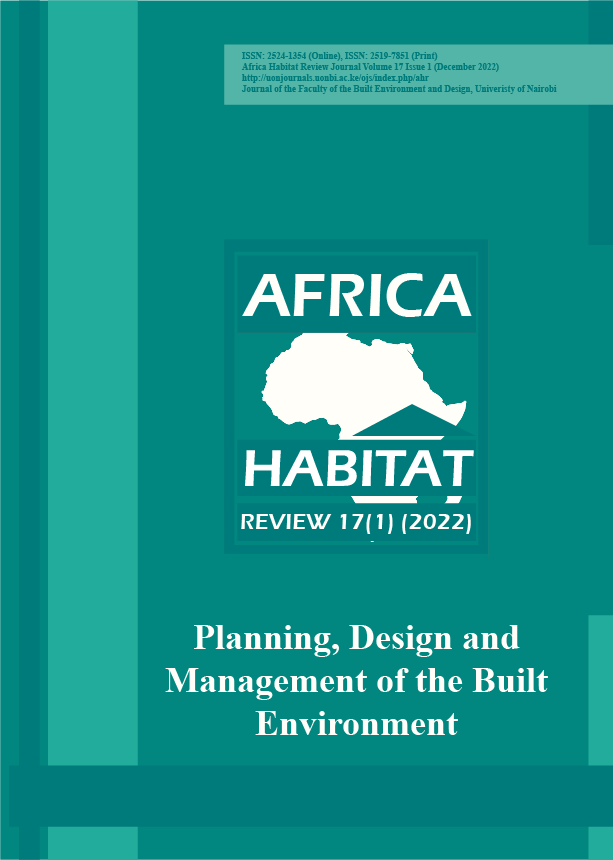In Search of an Appropriate Planning Approach for an Upcoming African Heritage City:
A Case of Lamu World Heritage Site
Abstract
Lamu World Heritage site is a typical developing world city, it is the only urban centre in Lamu County, hosting a majority of the county population with its service delivery failing to adequately cater to the masses thus leading to urban poverty and economic disparity. Its problems are bound to increase if appropriate urgent planning initiatives are not implemented especially given the current projects coming up in the area including the Lamu deep water port and LAPSETT corridor economic activities. This paper while employing a critical review approach of existing planning initiatives for Lamu World Heritage Site combined with personal observations and experience, seeks to determine the most optimal planning approach. The paper found out that the just city model, was capable of presenting a model of spatial relations based on equity and can be able to bring about equity and improved quality of life. The paper further found out that this inclusive planning model, unlike other theories and models, is able to accommodate the different society groups and social class to bring about urban areas that are accessible, affordable, resilient and sustainable. In conclusion, the paper argues that the ‘just City’ model is the most suitable option for Lamu World Heritage Site given its unique conservation demands as it creates a framework for sustainable development. It is therefore recommended that the just city model be the planning model of choice for Lamu as it guarantees a safe liveable environment with affordable and equitable access to urban services and livelihood opportunities for all the city residents in line with UNESCO’s thematic indicators for culture in the 2030 Agenda and appropriately demonstrates how culture and conservation has contributed to inclusion and empowerment in the City.


